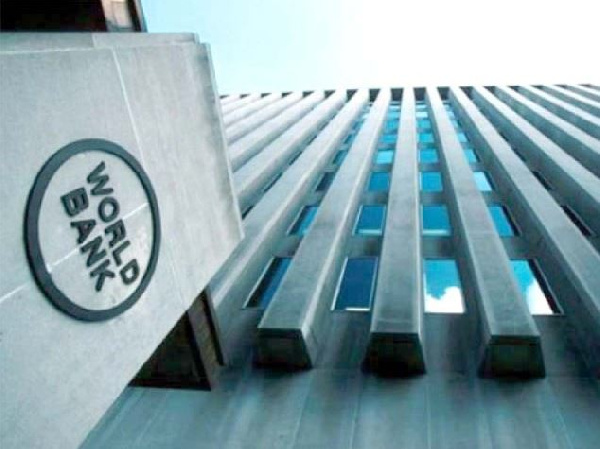The latest Food Security Update report from the World Bank forecasts that food prices will persist at elevated levels throughout 2024. The report highlights the prevalence of high inflation in low, middle, and high-income countries during 2023.
The Washington-based lender revealed that 63.2% of low-income countries experienced inflation rates exceeding 5% in 2023, marking a 1.3% increase from the previous update in January 2023. Additionally, the report noted that 73.9% of lower-middle-income countries and 48% of upper-middle-income countries faced inflation above 5%, with no percentage change since the last update.
In high-income countries, 44.4% reported food inflation surpassing 5%, indicating a 1.9% decrease from the earlier food update. The World Bank emphasized that, in real terms, food price inflation outpaced overall inflation in 71% of the 165 countries with available data.
The International Food Policy Research Institute (IFPRI) linked a 40% reduction in trade volumes in the Suez Canal, triggered by recent attacks on ships by Houthi rebels in the Red Sea, to decreased global food security.
While the World Bank’s Global Economics Prospects 2024 report anticipates a decline in food prices in 2024 and 2025 due to ample supplies of major crops, potential risks such as energy cost increases, adverse weather events, trade restrictions, and geopolitical uncertainty could impact these projections.
The report also highlighted a blog post from the World Bank Agriculture and Food Global Practice, emphasizing the urgent need for circular food systems to address environmental challenges within the context of various global issues.
Source: www.ghanaweb.live

